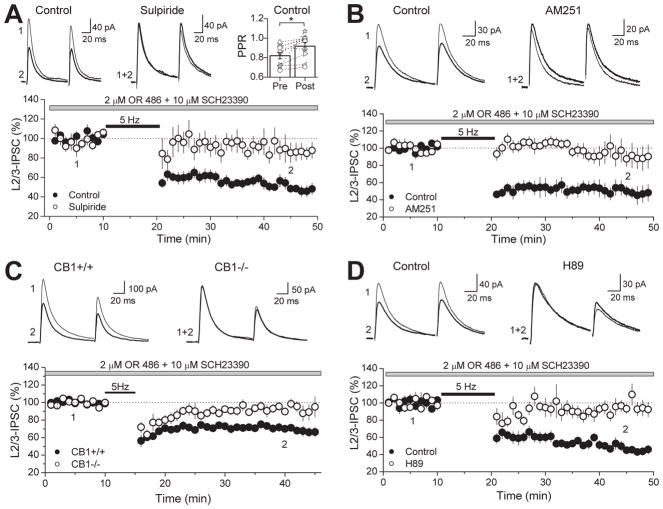Figure 7. Increasing endogenous DA levels by inhibiting COMT also enables I-LTD.
(A) 5 Hz-stimulation in the presence of COMT inhibitor OR 486 and D1R antagonist SCH23390 elicited I-LTD (black circles) that was sensitive to D2R antagonist sulpiride (white circles). Top left, representative average traces from single experiments obtained at time points indicated. Top right, plot of PPR before and after delivery of 5 Hz-train, showing a change in PPR. (B) This I-LTD (black circles) was also sensitive to CB1R antagonist AM 251 (white circles). Top, representative average traces from single experiments obtained at time points indicated. (C) In the wild-type mouse (CB1+/+), a weaker 5 Hz-train (for 5 min) triggers I-LTD in the presence of OR 486 and SCH23390. This I-LTD is not present in the CB1 knockout littermates (CB1−/−). Top, representative average traces from single experiments obtained at time points indicated. (C) Time course of I-LTD in the presence of OR 486 and SCH23390 in control (black circles) and in slices bath applied with H89 (white circles). Top, representative average IPSC traces from single control and H89 block experiments in the rat PFC obtained at the time points indicated.

